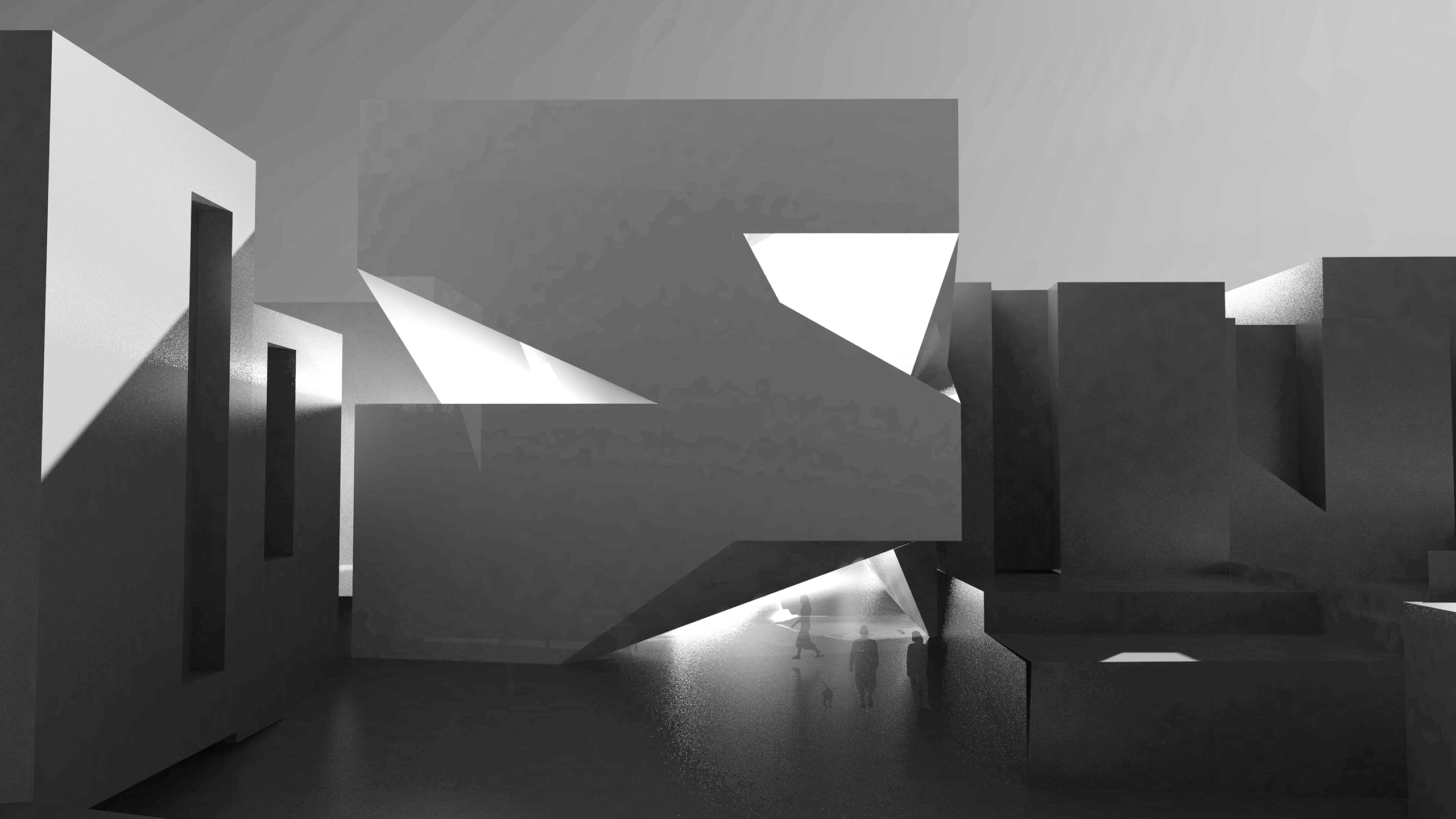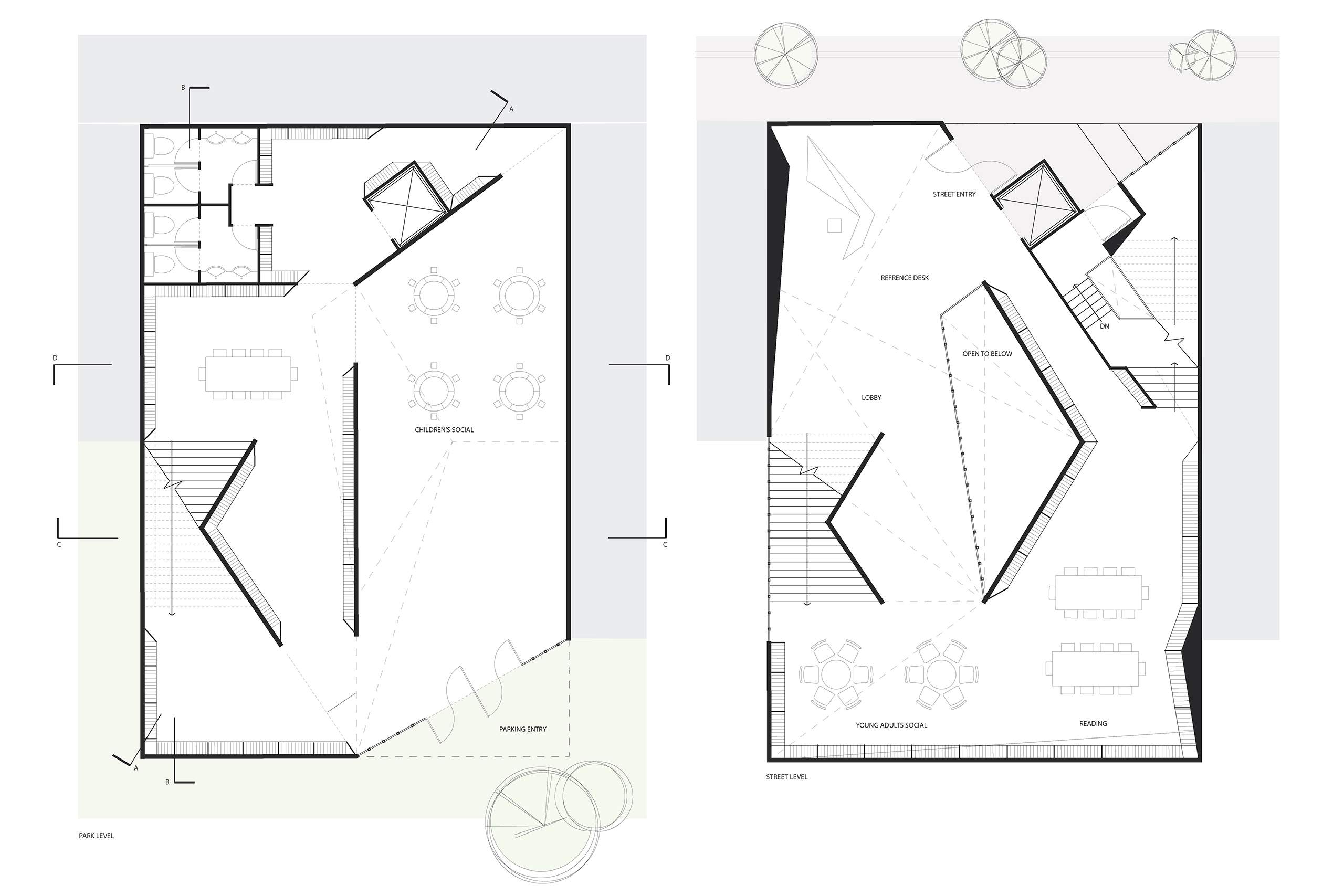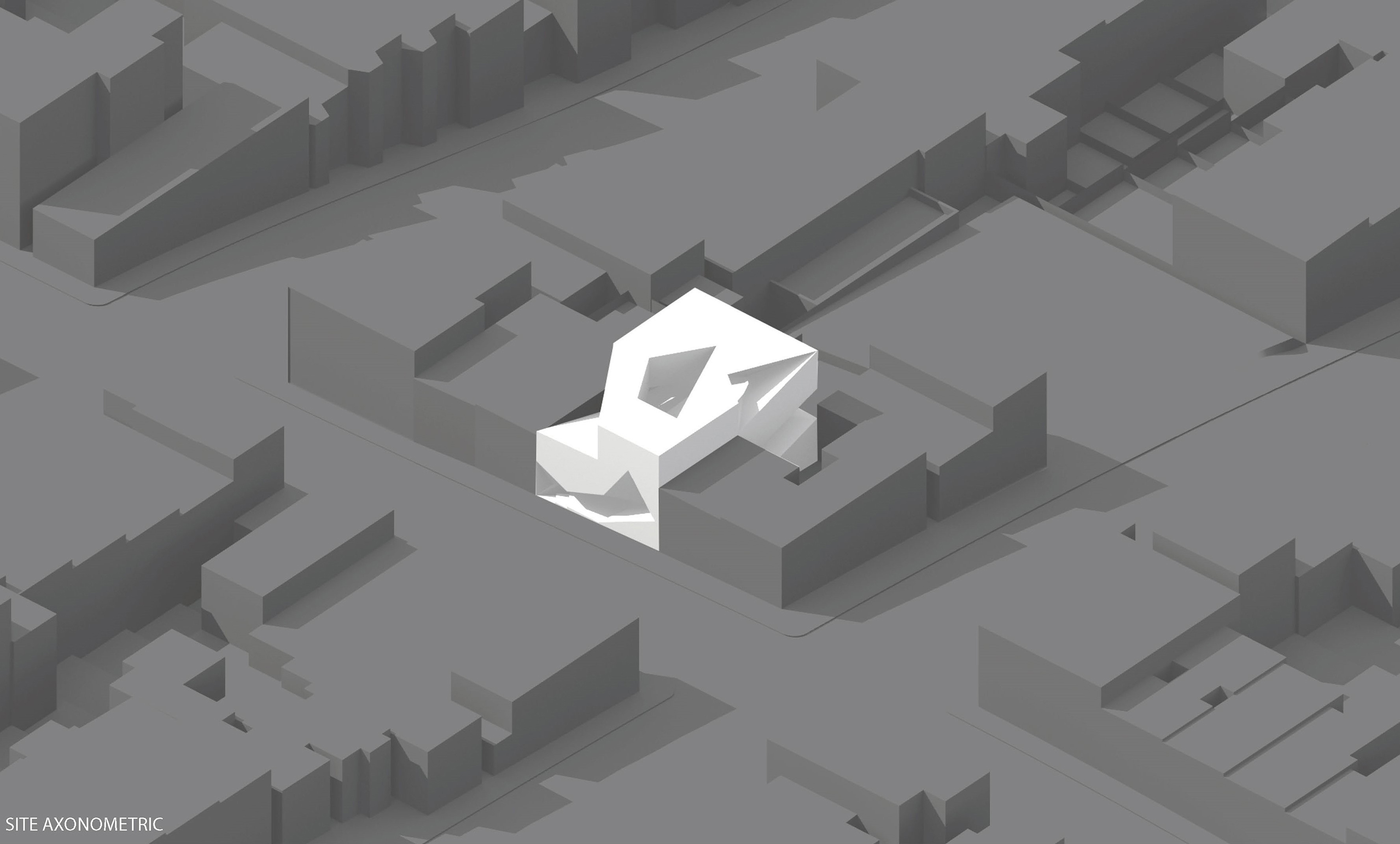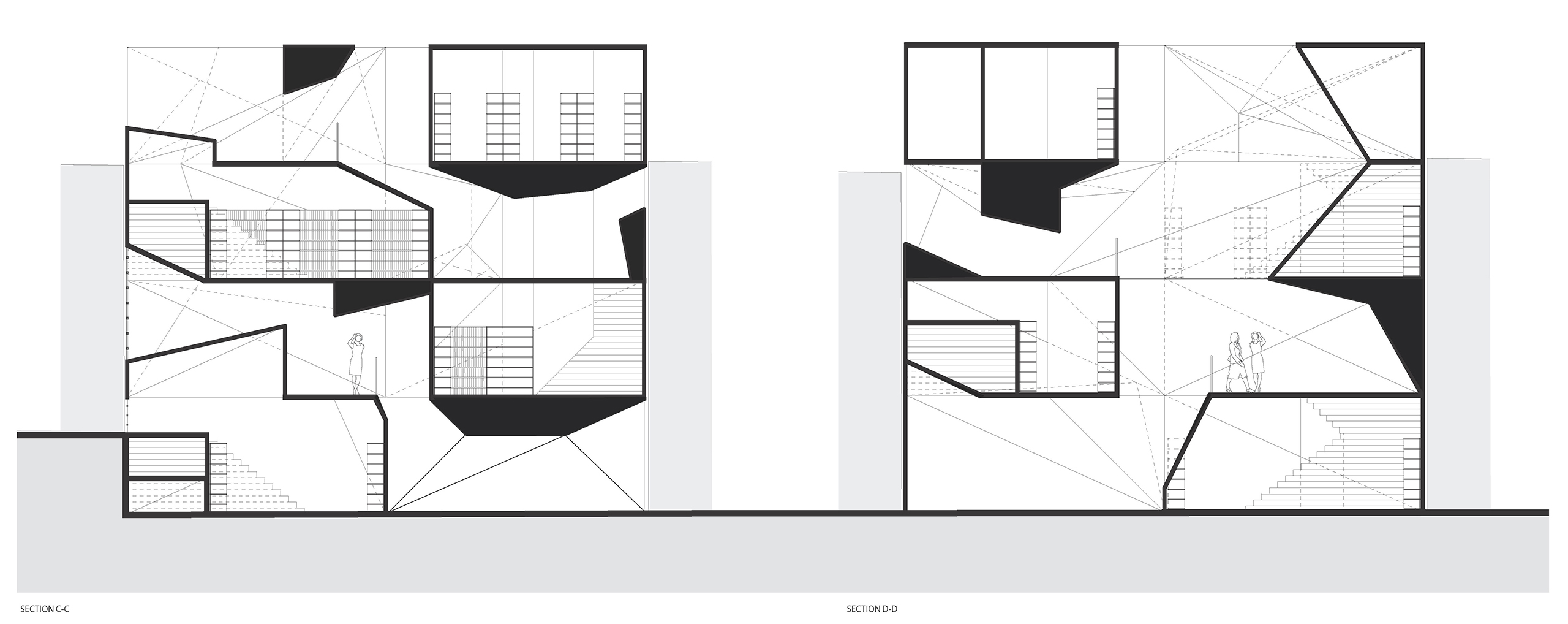Library Double Negative
The design of the library explores the dynamic relationship between solid and void, using subtraction and surface articulation to create evolving spatial conditions. Inspired by natural erosion, the design emphasizes fluidity and continuity, culminating in a library that transforms voids into immersive, ever-changing spaces.









